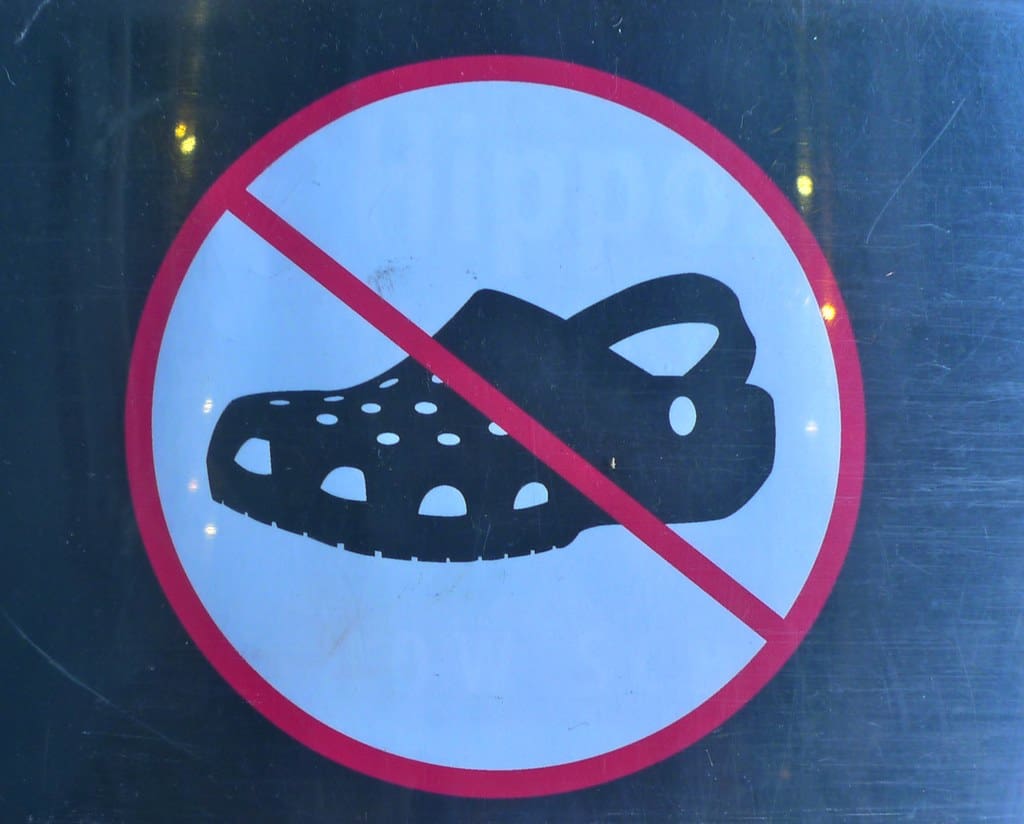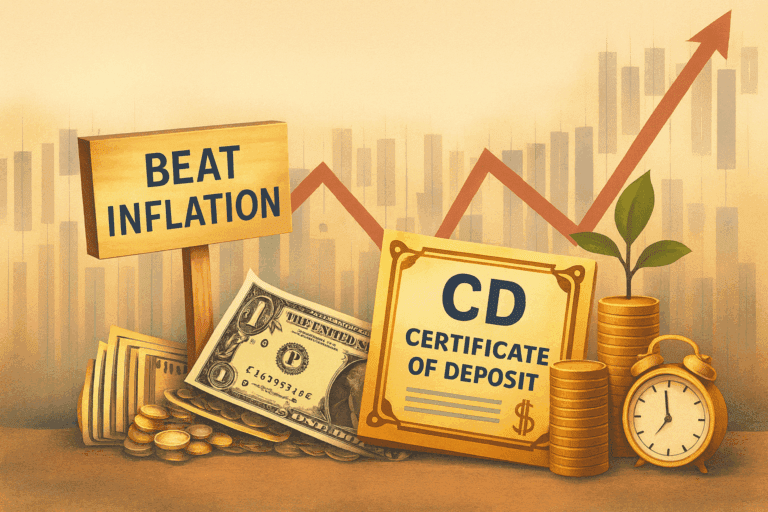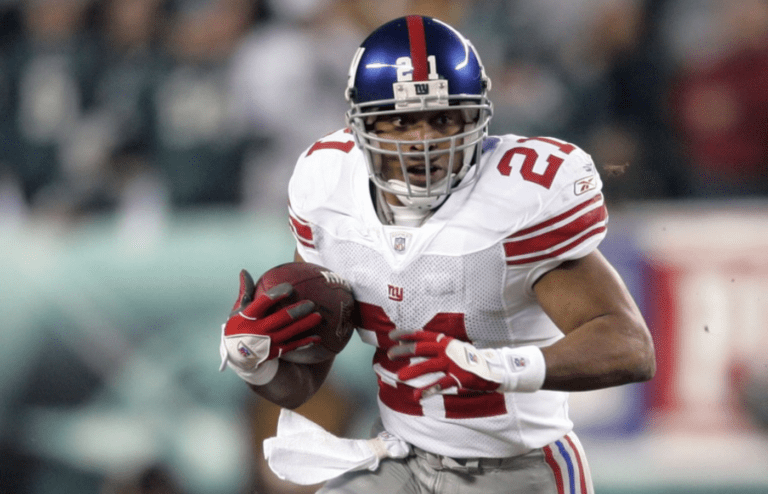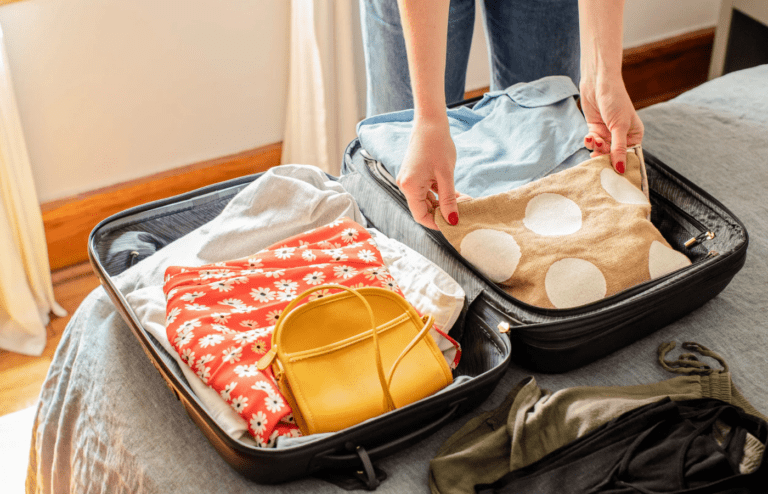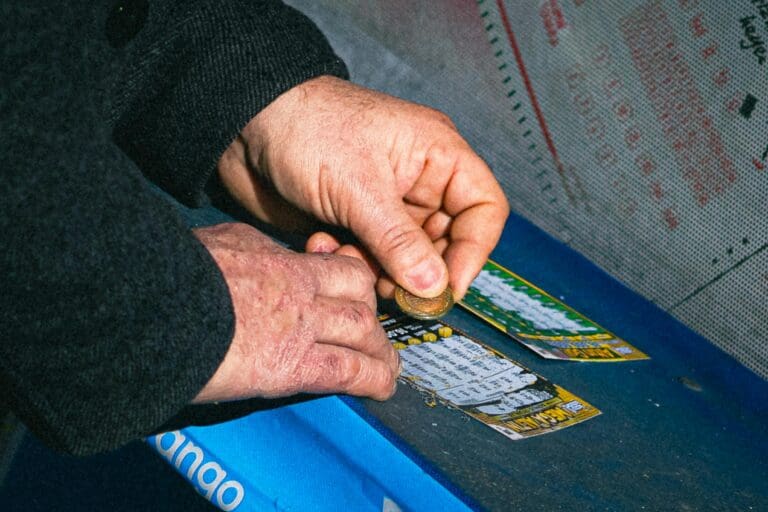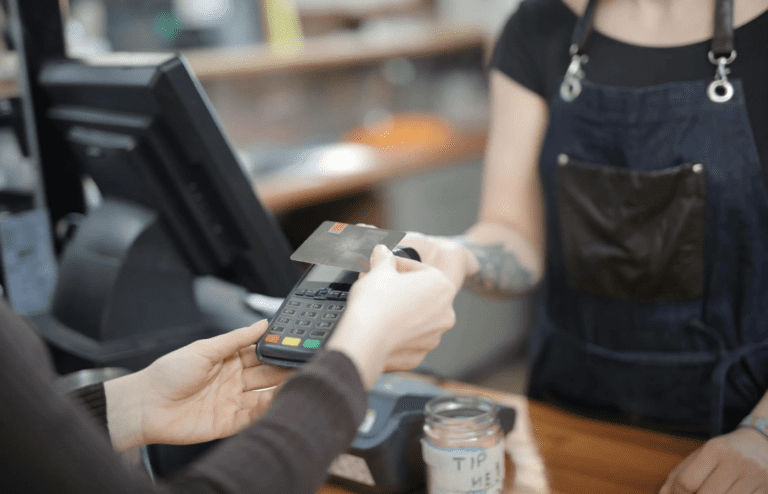In today’s market, many brands leverage premium pricing strategies to position their products as luxury or high-status items. While some consumers are willing to pay more for perceived quality, brand prestige, or unique features, others question the true value behind these hefty price tags.
This article explores some of the most notoriously overpriced brands, examining their marketing tactics, brand positioning, and the controversies surrounding their pricing strategies.
20. Crocs
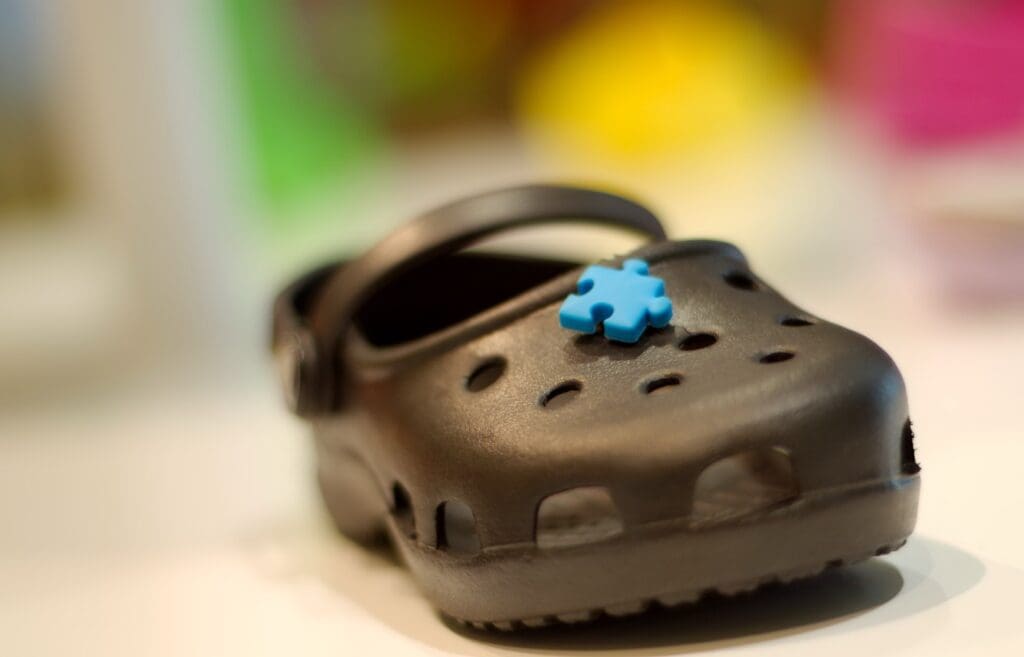
Crocs, known for their distinctive foam clogs, charge premium prices for their casual footwear. With average retail prices ranging from $44.99 to $69.99 for standard collections, Crocs implements a strategic pricing approach that positions them above basic footwear options. Despite their comfort, the high prices may not justify the simple design and materials used.
19. Anthropologie
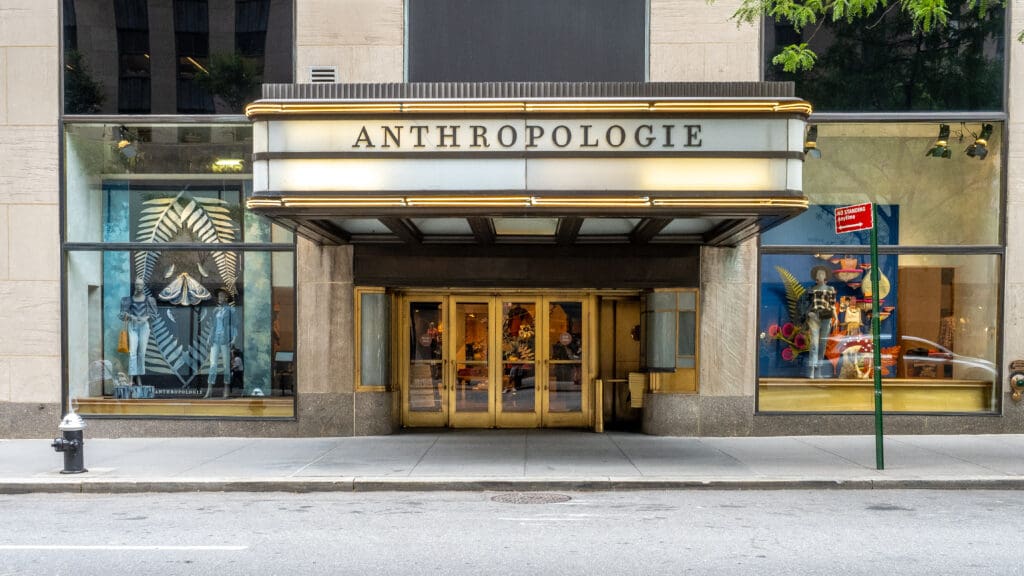
Anthropologie’s bohemian-chic aesthetic comes at a premium. Despite its popularity, the brand faces criticism for overpriced items and poor customer service. With a median household income of $103,600 for its captured market, Anthropologie targets affluent shoppers willing to pay more for “unique” pieces. However, many customers report quality issues and difficulty with returns, questioning the value proposition.
18. Birkenstock
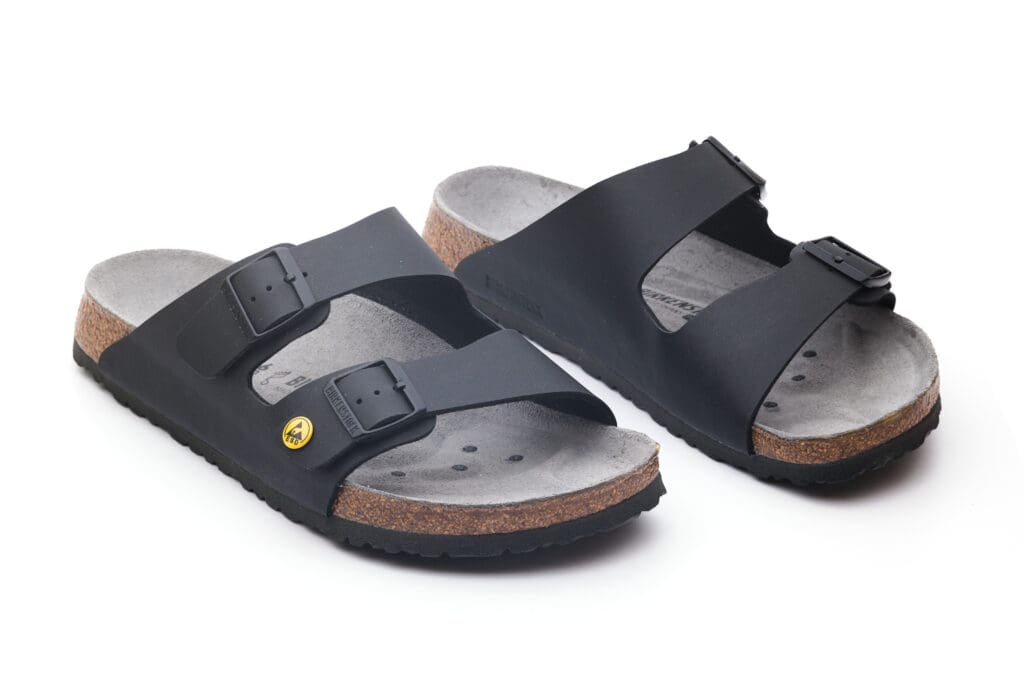
Despite their popularity, Birkenstock sandals come with a hefty price tag. While known for comfort, alternatives offer similar quality at lower costs. The brand’s recent acquisition by LVMH has raised concerns about potential price increases. Consider exploring more affordable options that provide comparable comfort and durability for your feet.
17. Vitamix
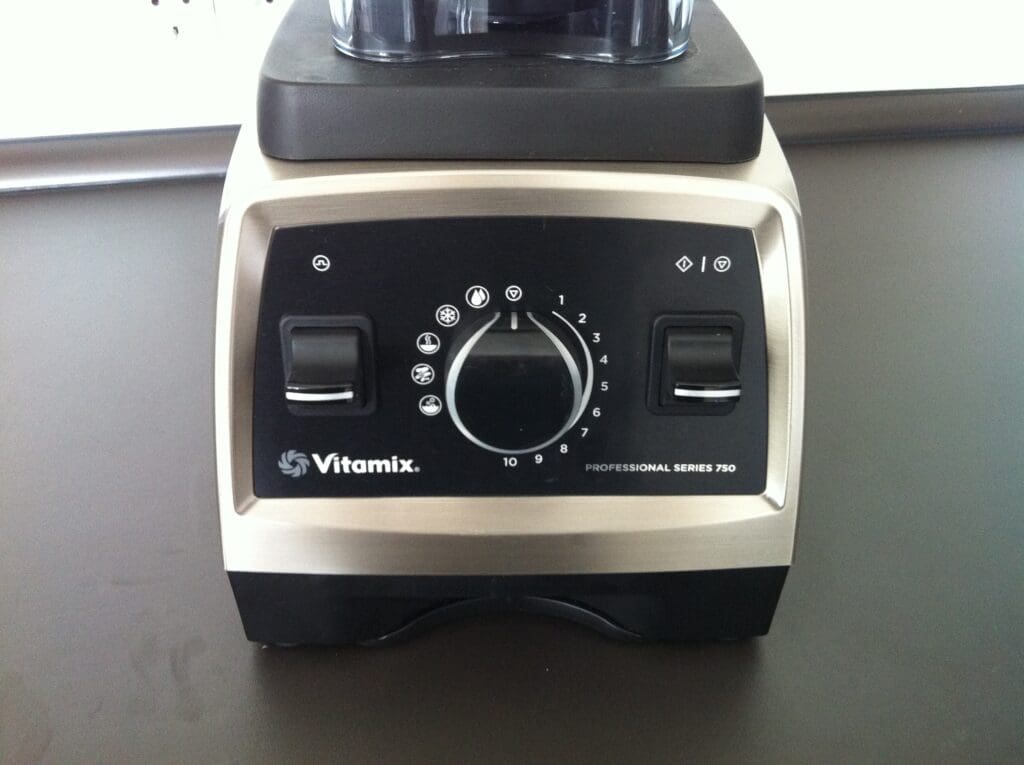
Vitamix blenders are known for their quality but come with a hefty price tag. Models range from $350 to $700, with the popular 5200 costing around $400. While they offer powerful performance and durability, cheaper alternatives like CleanBlend ($150) provide similar capabilities for a fraction of the cost, making Vitamix a potentially overpriced choice for budget-conscious consumers.
16. Fiji Water

Fiji Water’s premium pricing doesn’t match its environmental impact. A 500ml bottle costs around $2.50, significantly higher than other bottled waters. Despite claims of purity, it’s essentially just water in fancy packaging. The brand’s carbon footprint from shipping across the globe further diminishes its value proposition. Consider more sustainable alternatives for your hydration needs.
15. Lush
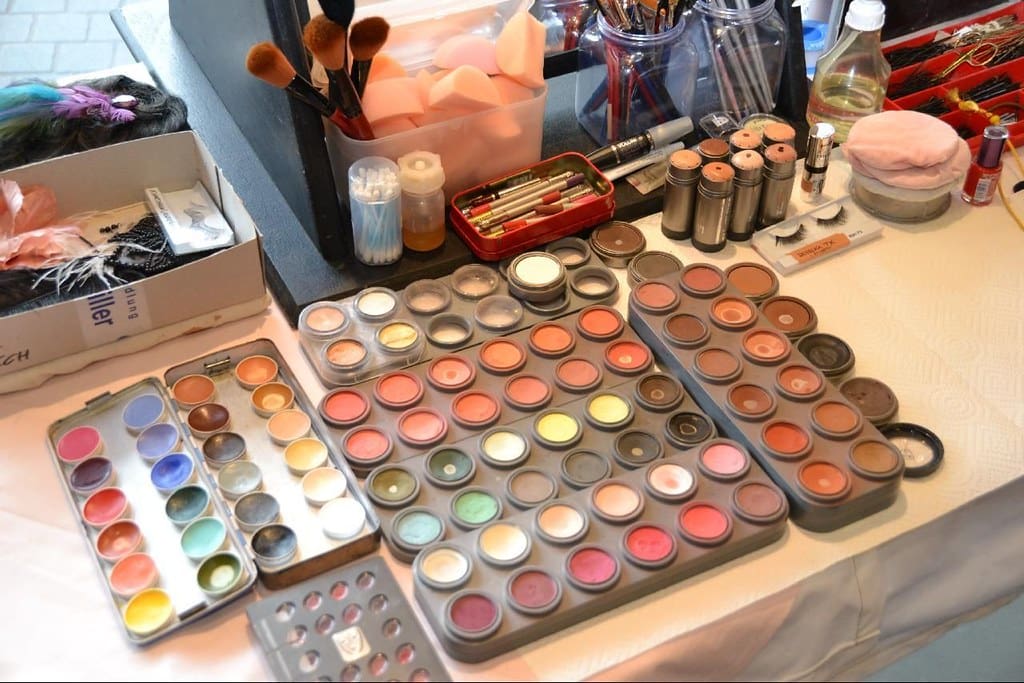
Lush’s handmade cosmetics come with a hefty price tag due to their premium positioning and ethical practices. While their products are natural and cruelty-free, customers pay a significant markup for the brand’s image and in-store experience. Lush’s pricing strategy tends towards mid-premium, targeting urban, beauty-conscious consumers willing to splurge on organic items.
14. Ray-Ban
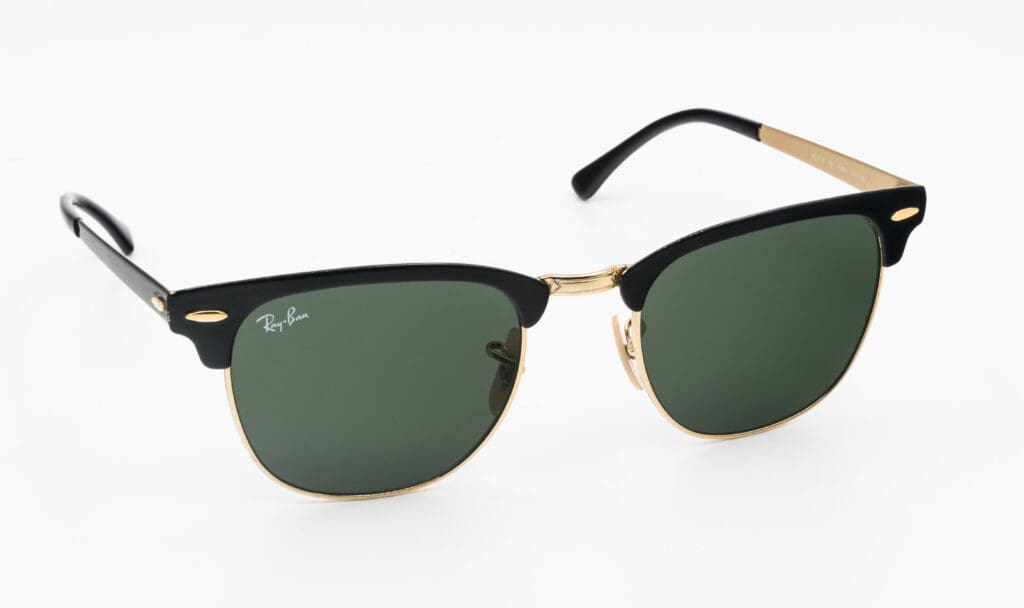
Ray-Ban sunglasses, while iconic, often come with a hefty price tag. Despite costing $150-$300 per pair, they’re made from similar materials as cheaper alternatives. The brand’s popularity and marketing drive up costs, not superior quality. Consider exploring more affordable options that offer comparable UV protection and style.
13. Bose
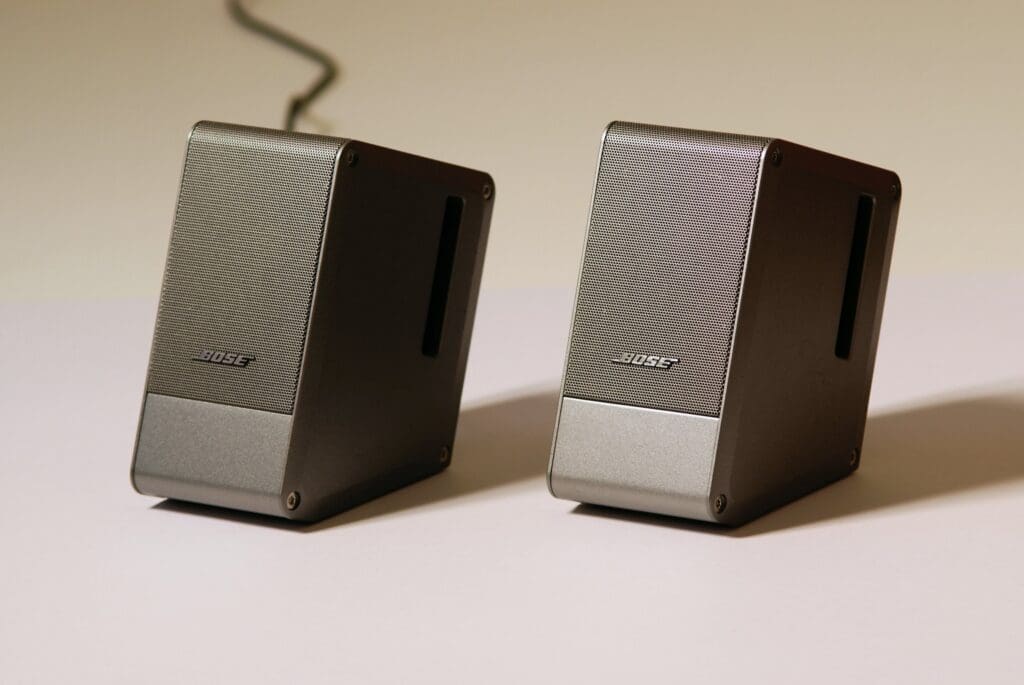
Bose’s premium pricing strategy often leads to inflated costs for their audio products. While known for quality, competitors like Sony and Sennheiser offer similar or better performance at lower prices. Bose’s Noise Cancelling Headphones 700, priced at $379.95, exemplify this trend of charging more for brand cachet rather than superior technology.
12. Peloton
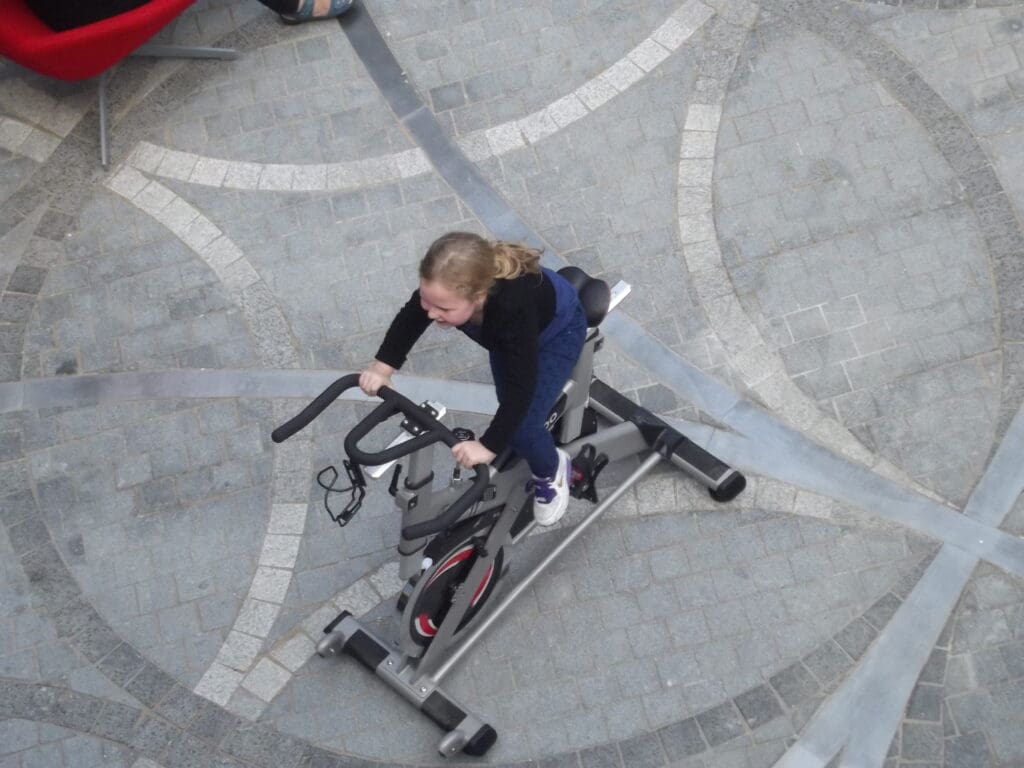
Peloton’s premium exercise bikes come with a hefty price tag. The basic Peloton Bike costs $1,445, while the Bike+ is priced at $2,495. Add in the required $44 monthly subscription, and you’re looking at a significant investment. Despite the hype, more affordable alternatives offer similar features and experiences.
11. Canada Goose
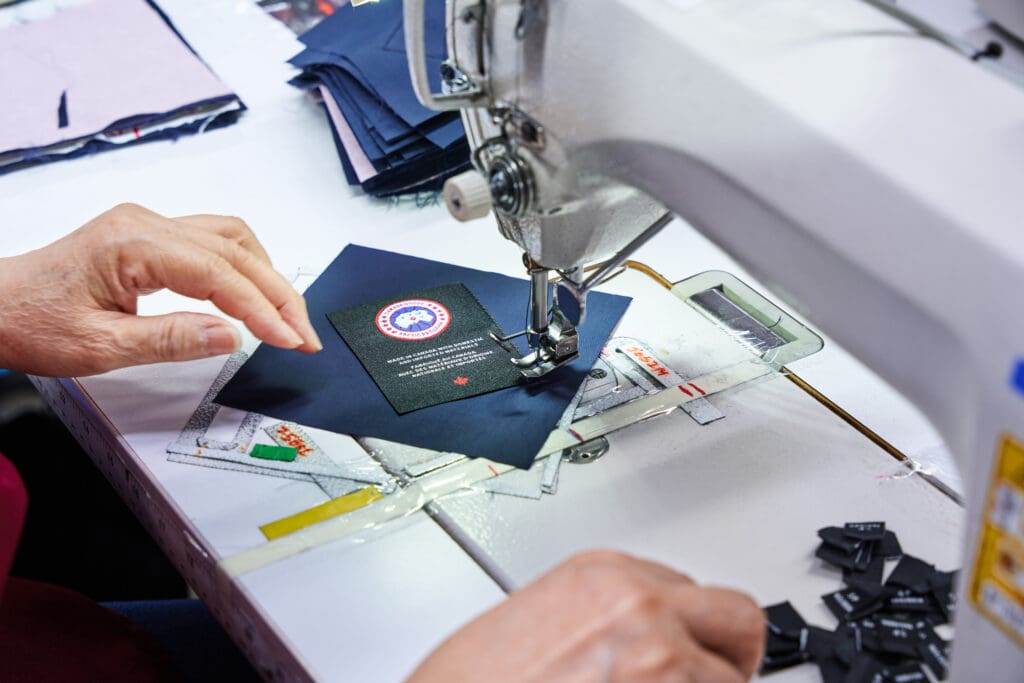
Canada Goose parkas, costing over $1,500, have become a luxury status symbol. While known for quality, their high prices stem from strategic marketing and celebrity endorsements rather than production costs. The company’s shift to direct-to-consumer sales aims to maintain premium pricing, despite recent stock struggles and diminishing “brand heat” on social media.
10. Dyson
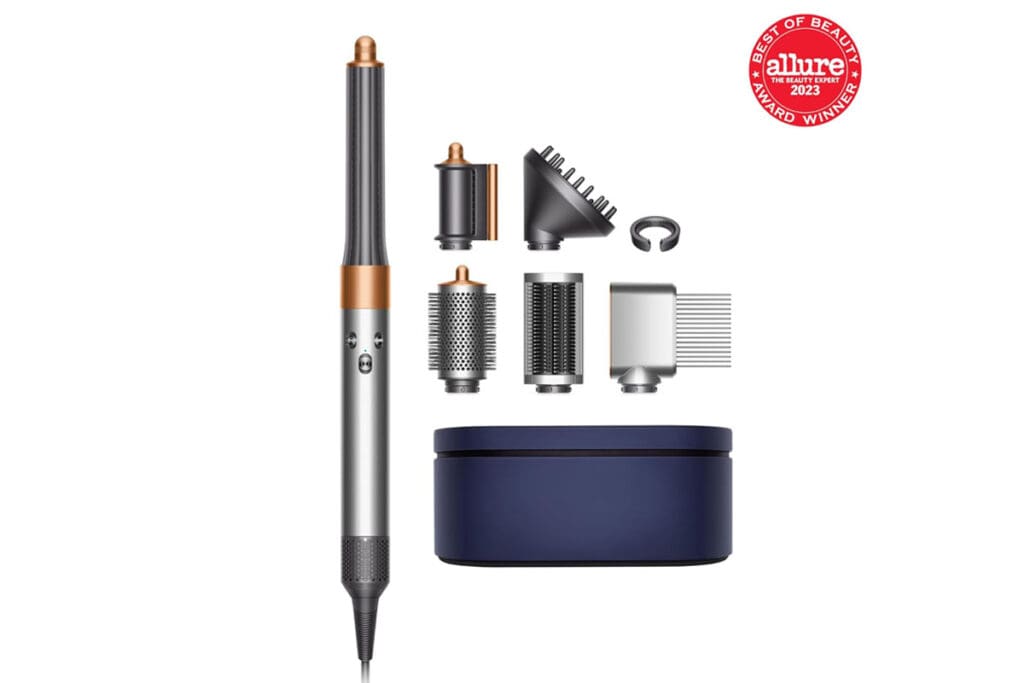
Dyson’s premium pricing strategy positions its products as luxury items in the household appliance market. While known for innovation and quality, their products often come with a hefty price tag that may not always justify the performance difference. In 2025, Dyson continues to emphasize exclusivity and cutting-edge technology to maintain its premium image, despite growing competition offering similar features at lower price points.
9. Yeti
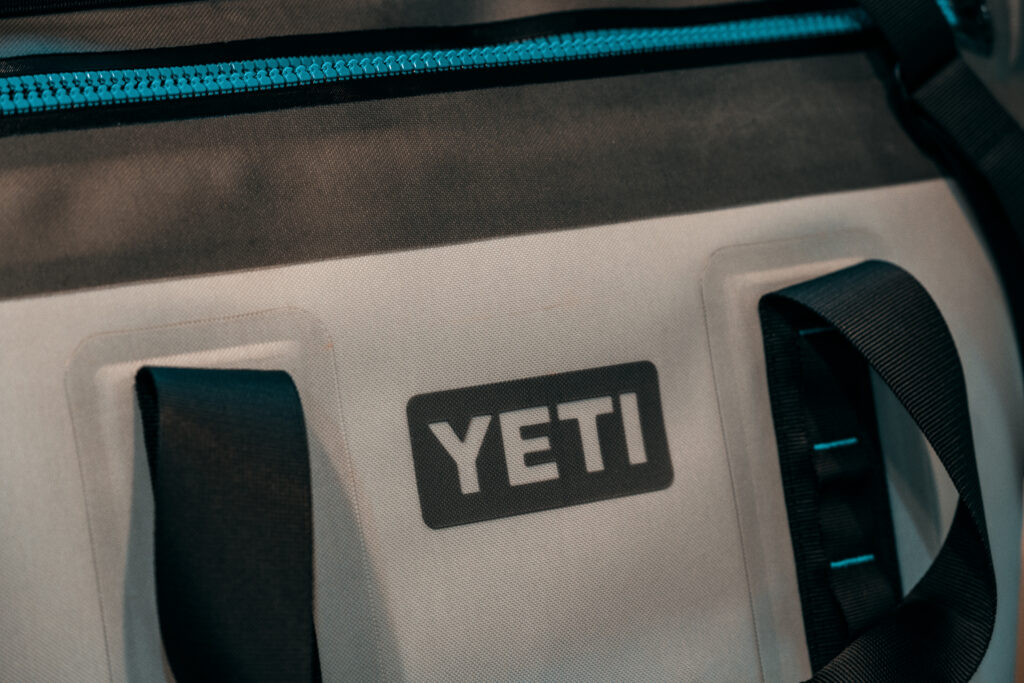
Yeti’s premium coolers and drinkware come with hefty price tags, often 2-3 times more expensive than competitors. While known for durability, many consumers find alternatives offer similar performance at lower costs. Yeti’s average cooler price ranges from $300-$500, significantly higher than the industry average of $250. Despite this, the brand maintains strong sales through effective marketing and brand loyalty.
8. Whole Foods
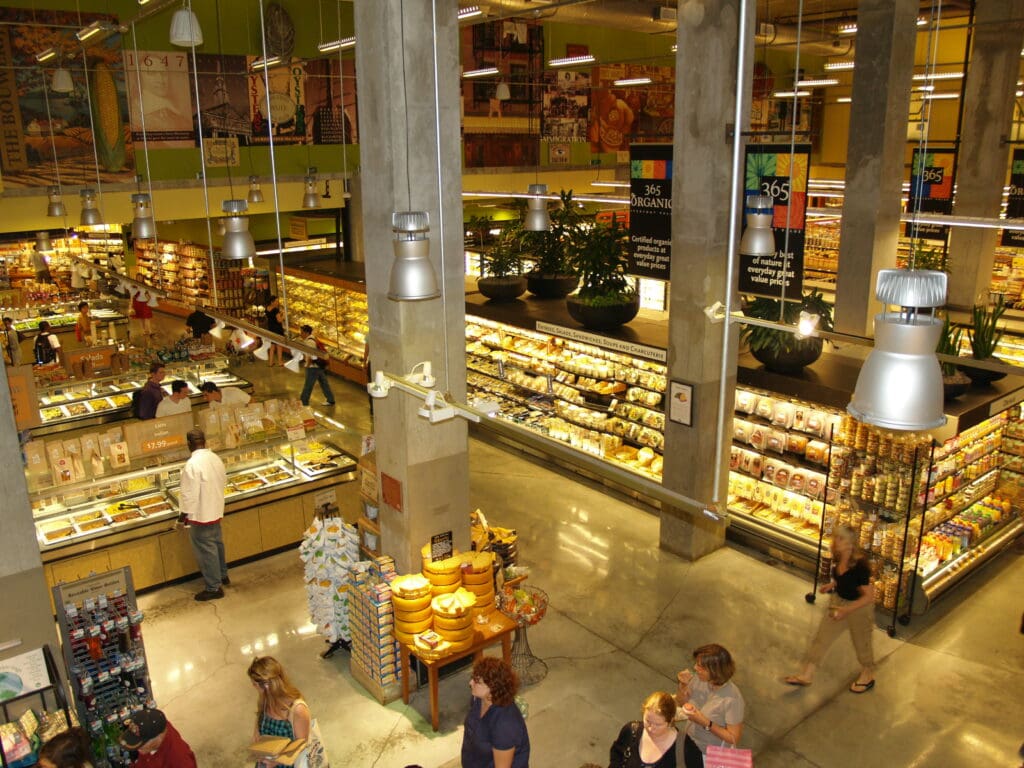
Despite efforts to shed its “Whole Paycheck” image, Whole Foods remains pricier than competitors. A 2025 analysis found its prices 40% higher than Walmart’s. While known for quality organic products, budget-conscious shoppers can find similar items elsewhere for less. Whole Foods’ premium pricing persists, even after Amazon’s acquisition.
7. Lululemon
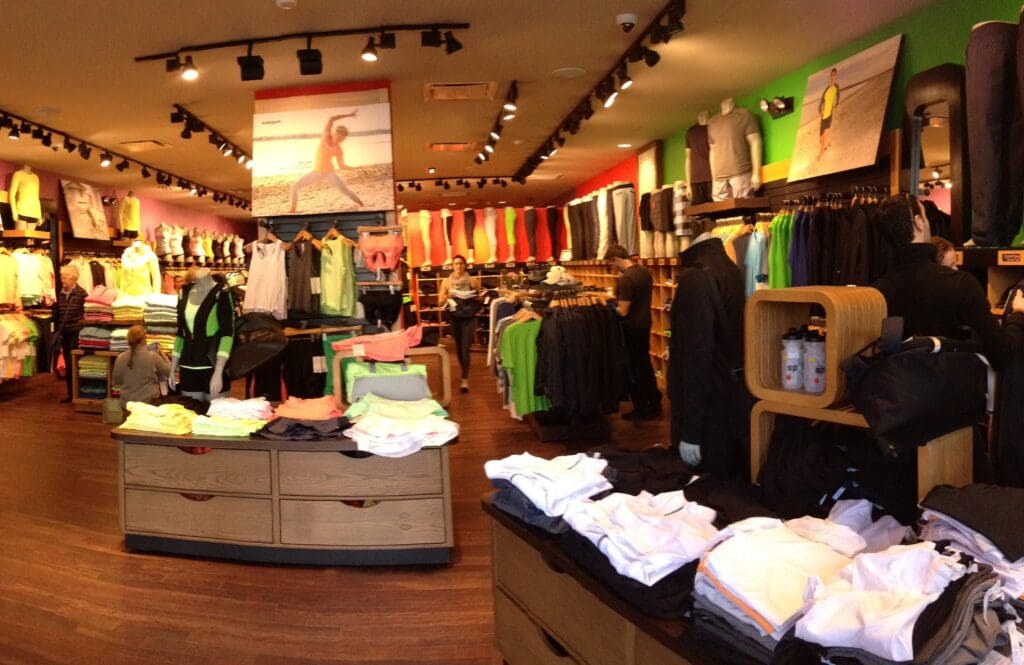
Lululemon’s premium pricing strategy positions its athleisure wear at a significant markup. With leggings often costing over $100, the brand targets affluent consumers willing to pay for perceived quality and status. While popular, alternatives like Fabletics offer similar styles at more affordable price points, challenging Lululemon’s value proposition.
6. Rolex

Rolex watches, while undeniably prestigious, often come with inflated price tags. In 2025, Rolex implemented significant price hikes, particularly on gold models, with increases up to 18.5% for some Daytona versions. Despite their quality, many experts argue that Rolex’s prices far exceed their intrinsic value, making them a prime example of brand-driven markup.
5. Gucci

Gucci’s luxury status comes with a hefty price tag, but recent forecasts suggest diminishing returns. The brand is expected to face a 1% sales contraction in 2025, with analysts skeptical about its ability to reclaim market leadership. Despite efforts to revitalize, Gucci’s high costs and changing consumer preferences pose significant challenges to its perceived value.
4. Supreme
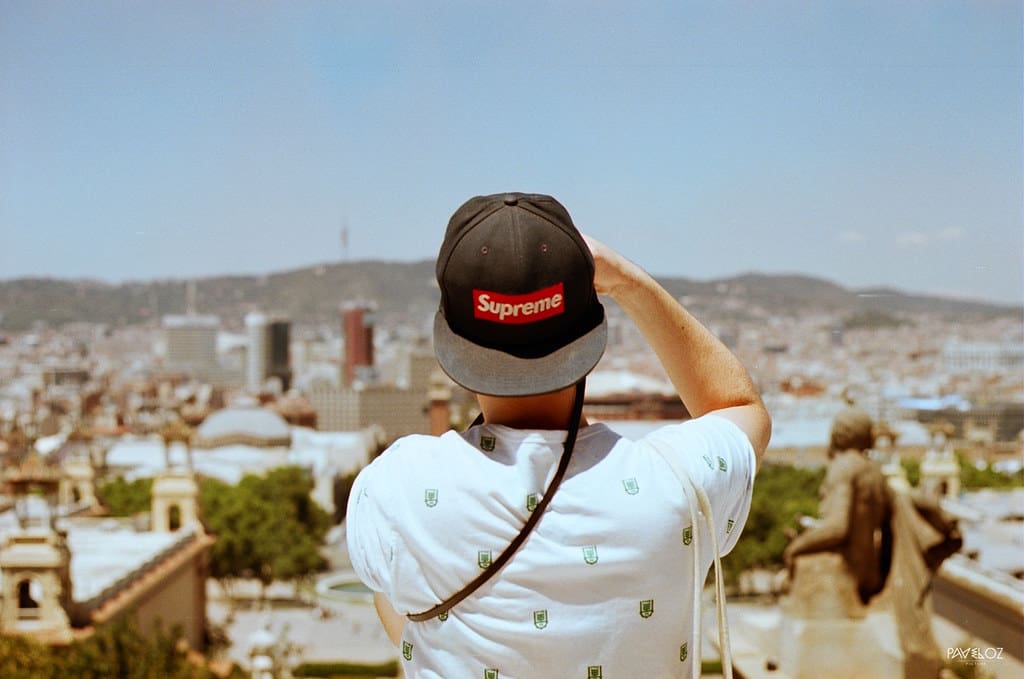
Supreme’s limited-edition drops and collaborations create artificial scarcity, driving up prices in the resale market. While the brand’s revenue reached $523.1 million in 2023, its average price premium on StockX dropped to 57% in 2022, down from 67% in 2020. Despite this decline, Supreme’s high prices often outweigh its actual quality and value.
Read More: 30 Fast Food Items That Are WAY Overpriced
3. Beats by Dre
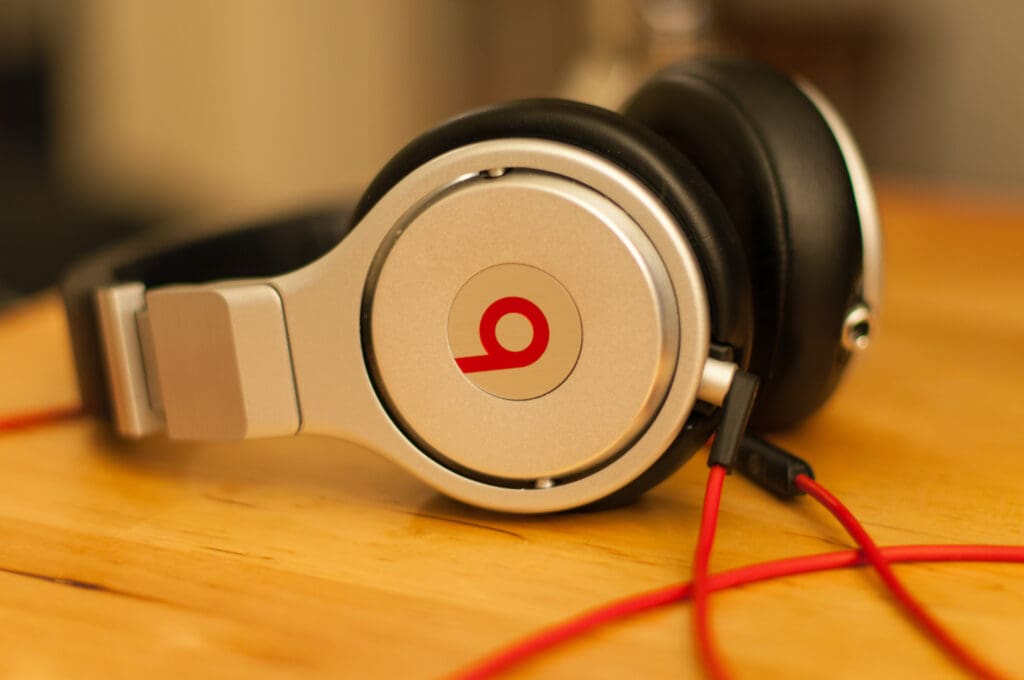
Beats headphones, while stylish, often come with a hefty price tag that doesn’t always match their audio quality. In 2025, models like the Studio Pro retail for $349.99, though they can be found for less. Critics argue that you’re paying more for the brand name than superior sound technology.
Read More: 18 Low-Cost Luxuries That Will Instantly Elevate Your Lifestyle
2. Apple
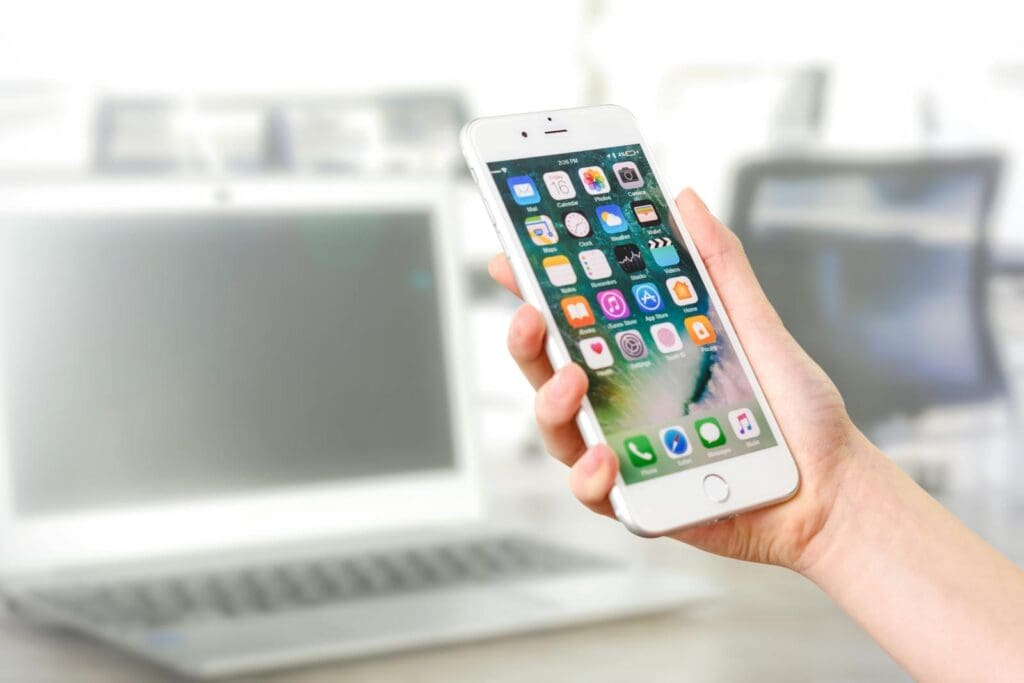
Apple’s premium pricing strategy often leaves consumers paying more for style than substance. While known for quality, their products frequently lack cutting-edge features found in cheaper alternatives. The recent 10% tariff on Chinese-made goods may further inflate prices, potentially pushing the already expensive iPhones even higher.
Read More: Why Do People STILL Buy These Insanely Overpriced Products?
1. Starbucks
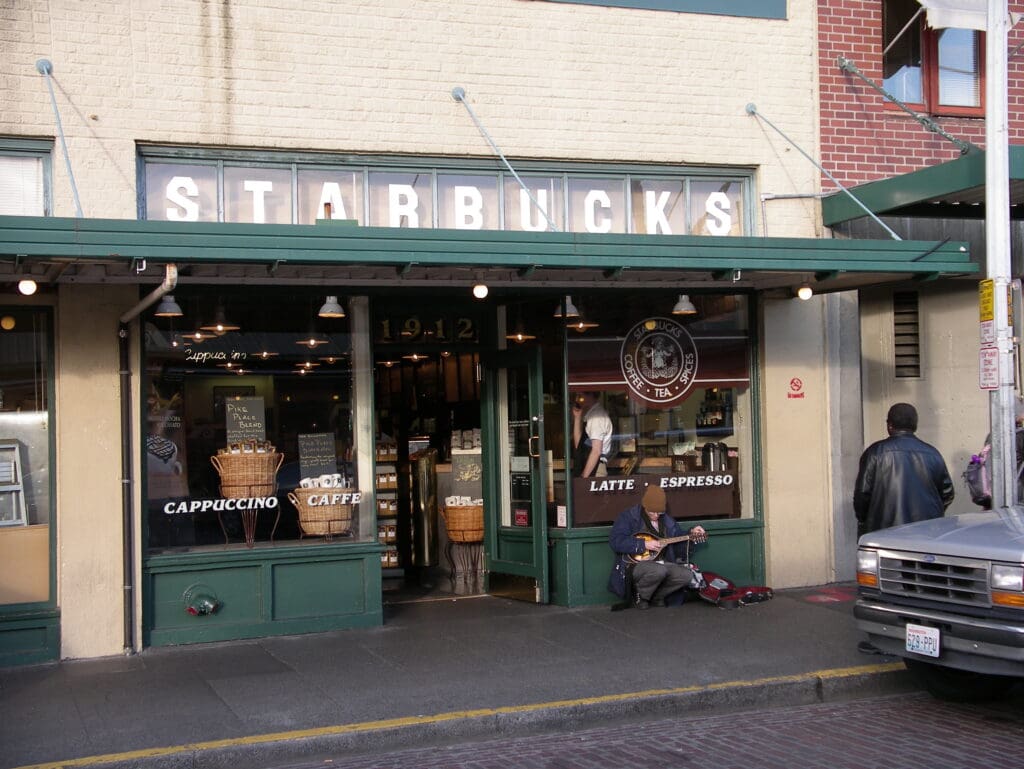
Despite its popularity, Starbucks consistently ranks low in affordability among coffee chains. However, the company recently announced it won’t raise prices in 2025 and will eliminate upcharges for non-dairy milk. This move aims to simplify pricing and improve customer experience, potentially making Starbucks more budget-friendly in the future.
Read More: 20 Pricey Products You Won’t Regret Splurging On

